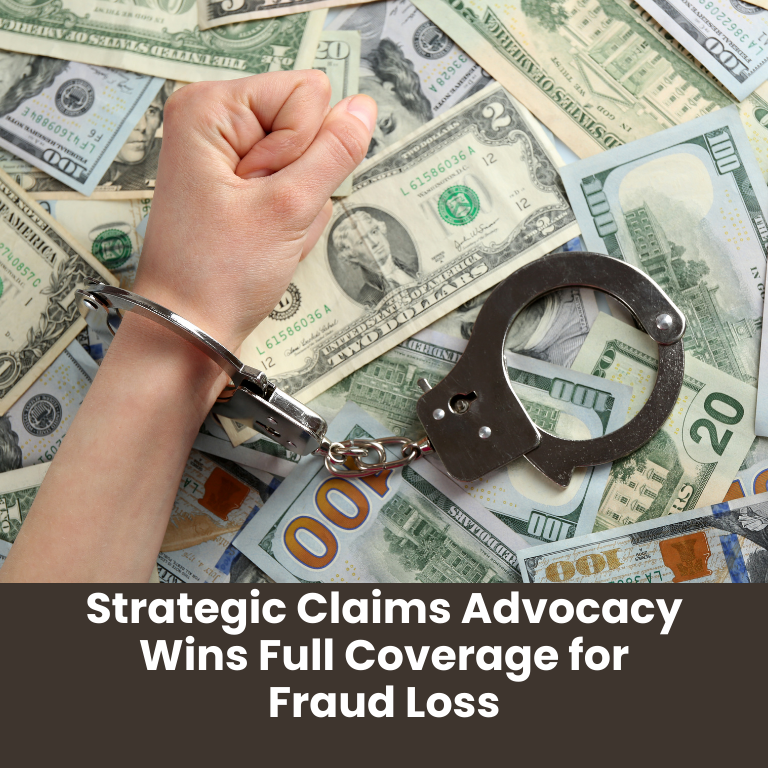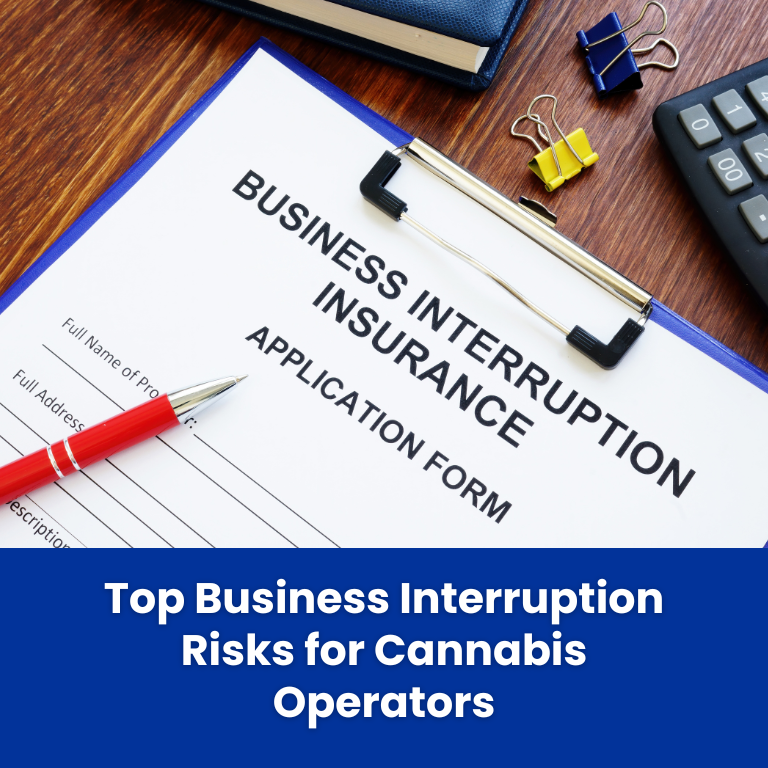Insurance exists to protect businesses from unpredictable events that could threaten their survival, but securing payment on a claim is not always straightforward. Fraud-related losses, in particular, can present challenges for policyholders, as insurers often attempt to deny or restrict coverage based on exclusions or technicalities in policy wording.
In these situations, the role of strategic claims advocacy becomes essential. By navigating the complexities of policy interpretation, negotiating directly with insurers, and presenting a claim with clarity and precision, businesses can overcome obstacles and secure the protection they purchased. A recent case highlights how claims advocacy turned a potential coverage dispute into a full recovery for a business facing a substantial fraudulent loss.
The Challenge of Fraudulent Loss Claims
Fraudulent losses are among the most difficult claims to manage. While most commercial insurance programs include crime or fidelity coverage to protect against theft, embezzlement, or fraud, insurers often push back on these claims. Disputes commonly arise over:
- Definitions of fraud: Policies may narrowly define what constitutes a fraudulent act, leaving gray areas open to interpretation.
- Exclusions: Insurers may cite exclusions related to employee dishonesty, third-party fraud, or acts of collusion to deny payment.
- Documentation requirements: Proving the existence and extent of a fraudulent act can be difficult without extensive financial and operational records.
- Policy sublimits: Even when coverage is acknowledged, insurers may attempt to limit recovery based on restrictive sublimits.
For businesses, these disputes often occur at the worst possible time—when they are already dealing with financial disruption caused by the fraud itself. Without strong advocacy, many insureds accept partial settlements or outright denials, absorbing losses that should have been covered.
What Is Strategic Claims Advocacy?
Claims advocacy is the process of supporting policyholders through the insurance claims process, but strategic claims advocacy goes further. It involves a proactive, structured approach designed to maximize recovery while minimizing disputes. Core elements include:
- Policy Analysis: Reviewing the insurance program in detail to identify all potential avenues of coverage.
- Claim Structuring: Organizing the claim presentation in a way that aligns with policy wording and addresses anticipated objections.
- Insurer Negotiation: Engaging with insurers to challenge denials, clarify ambiguities, and press for a fair interpretation of coverage.
- Documentation Support: Assisting businesses in gathering the financial, operational, and legal evidence required to substantiate a claim.
- Litigation Avoidance: Seeking resolution without resorting to costly and time-consuming legal battles whenever possible.
By combining technical expertise in insurance policies with a strategic approach to communication and negotiation, advocates can level the playing field between policyholders and insurers.
Lessons Learned for Policyholders
This case demonstrates that fraudulent loss claims are not always lost causes, even when insurers initially resist. Key takeaways for businesses include:
- Know Your Policy: Fraud-related coverage can be complex, with hidden exclusions or endorsements. Reviewing policies regularly ensures you understand the protections you have in place.
- Document Everything: Strong financial records, compliance logs, and investigation reports can make or break a fraudulent loss claim.
- Act Quickly: Notify insurers promptly when fraud is discovered, but also take time to prepare a clear, strategic claim presentation.
- Challenge Denials: An initial denial or limitation of coverage does not always reflect the true scope of a policy. Advocacy can reveal alternative interpretations.
- Invest in Advocacy: Partnering with experienced claims advocates can be the difference between partial recovery and full compensation.
Why Strategic Claims Advocacy Matters More Than Ever
As fraud schemes become more sophisticated, businesses are increasingly vulnerable. Cyber-enabled fraud, vendor manipulation, and internal collusion are growing threats across industries. At the same time, insurers are under pressure to limit payouts, leading to stricter claim scrutiny.
In this environment, businesses cannot afford to approach claims passively. Strategic advocacy ensures that the promises made in insurance contracts are upheld when they are needed most. It shifts the balance of power, ensuring businesses have the expertise and support necessary to secure fair outcomes.
Turning Uncertainty Into Recovery
Fraud can devastate a company not only financially but also operationally and reputationally. Insurance is designed to mitigate that impact, but only if claims are pursued strategically. The recent case where full coverage was secured for a fraudulent loss underscores the value of claims advocacy in action.
For businesses operating in today’s complex risk landscape, the lesson is clear: when losses occur, do not accept an insurer’s first answer as final. With the right strategy, persistence, and advocacy, full recovery is possible even in the most challenging fraud-related claims.
Strategic claims advocacy does more than win coverage, it preserves stability, protects leadership, and ensures businesses can recover stronger from unexpected challenges.










